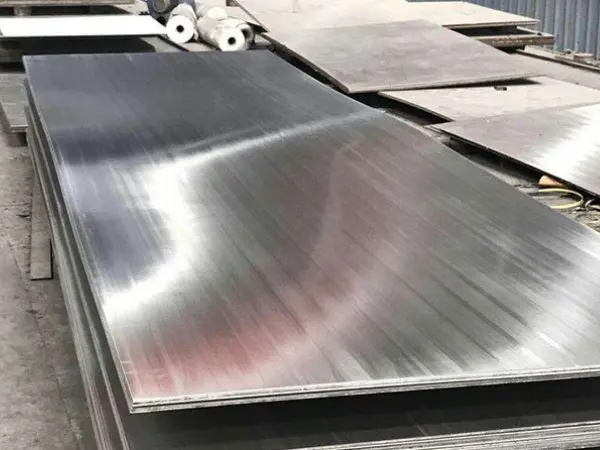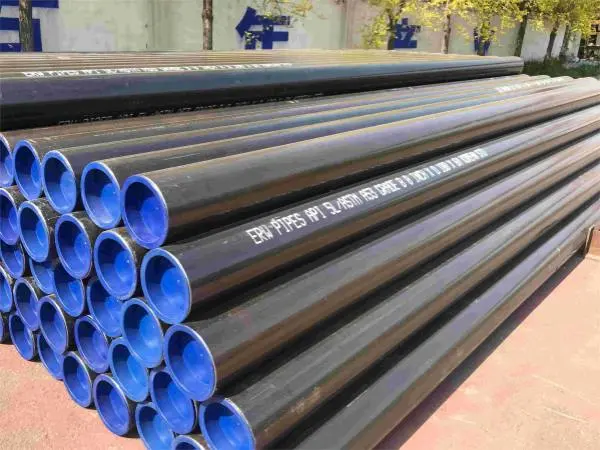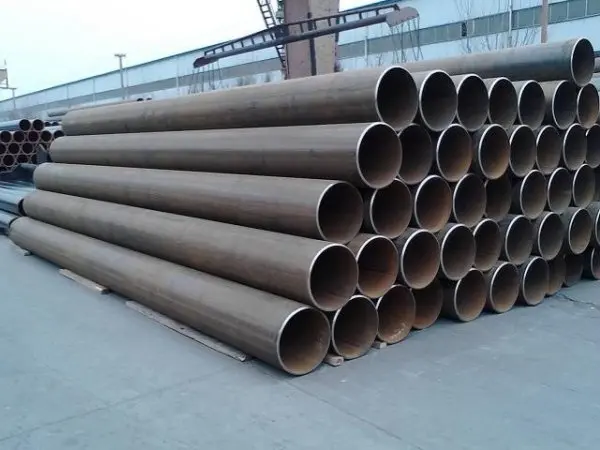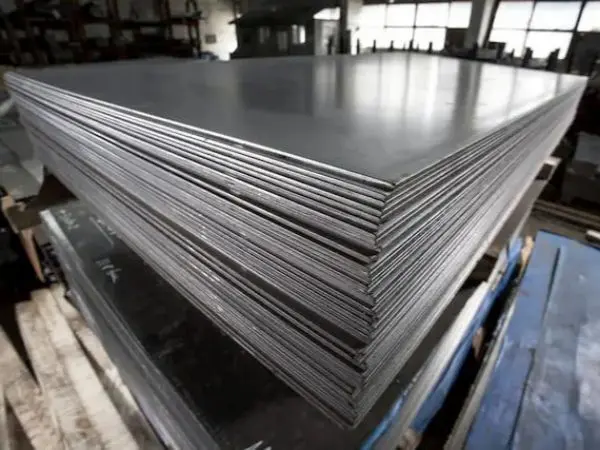- Phone0086 731 8564 8255
- E-mailsales@cscsteel-manufacturing.com
-

Seamless steel pipes are typically produced by hot rolling or cold rolling processes using various steel grades, including 10, 20, 30, 35, and 45 carbon steels, as well as low alloy structural steels like 16Mn and 5MnV, and alloy steels such as 40Cr, 30CrMnSi, 45Mn2, and 40MnB. Seamless pipes made from low-carbon steel, like 10 and 20, are primarily used for fluid transportation pipelines, while medium carbon steels, such as 45 and 40Cr, are often utilized for manufacturing mechanical components, including load-bearing parts in automobiles and tractors.
Specifications of Seamless Steel Pipes:
The specifications of seamless steel pipes are expressed as the outer diameter × wall thickness (in millimeters). Seamless steel pipes are categorized into two main types: hot-rolled and cold-rolled (or drawn) seamless pipes.
Hot-rolled seamless pipes include:
General steel pipes
Low and medium pressure boiler steel pipes
High-pressure boiler steel pipes
Alloy steel pipes
Stainless steel pipes
Petroleum cracking pipes
Geological steel pipes
Cold-rolled (or drawn) seamless pipes include:
General steel pipes
Low and medium pressure boiler steel pipes
High-pressure boiler steel pipes
Alloy steel pipes
Stainless steel pipes
Petroleum cracking pipes
Carbon thin-walled steel pipes
Alloy thin-walled steel pipes
Stainless thin-walled steel pipes
Special-shaped steel pipes
The outer diameter of hot-rolled seamless steel pipes generally starts at 32 mm, with a wall thickness ranging from 2.5 mm to 75 mm. For cold-rolled pipes, the outer diameter can be as small as 6 mm, and the wall thickness as thin as 0.25 mm. Thin-walled pipes can have an outer diameter of up to 5 mm, with a wall thickness of less than 0.25 mm. Cold-rolled seamless steel pipes typically have more precise dimensions than hot-rolled ones.
Key Points for Installing Seamless Steel Pipes:
- Transport Safety:
During transportation, unauthorized personnel must stay clear of areas with stressed wire ropes and pulleys.
- Stability of Equipment:
Anchors, pulleys, anchor rings, and wire ropes used for transporting or lifting pipes must be properly calculated for stability. Load tests should be conducted before formal use to ensure safety.
- Tunnel and Vertical Well Installation:
When installing pipes in tunnels or vertical wells, if there are loose rocks or signs of landslides, work should be halted until protective measures are taken.
- Safety During Alignment:
While hoisting and aligning pipes, avoid placing your head, hands, or feet near the pipe mouth to prevent injuries from rolling or squeezing.
- Temporary Structures:
Footboards, baffles, support frames, and handrails that are temporarily welded onto the pipes should be thoroughly inspected and confirmed to be stable before use.
- Welding Inside Pipes:
When welding inside seamless steel pipes, ensure there is someone on guard. If the internal temperature exceeds 40°C, implement rotation operations or take heatstroke prevention and cooling measures.
By paying attention to these considerations during the purchase, transportation, and installation of seamless steel pipes, both safety and performance can be maximized.




